Friday, June 11, 2010
Experience is the best teacher when it comes to kayak fishing
To rudder? Or not to rudder?
That’s the question.
Most beginning kayak anglers think they have to have a rudder on their boat. There’s nothing wrong with a rudder, but it is an added expense. Most rudders cost around $200.
Before you buy a kayak with a rudder you might want to consider a few things. What’s a rudder do?
Of course, a rudder helps you turn. However, I paddle a Native Watercraft Ultimate 14.5 without a rudder. The reason is that my kayak paddles extremely straight. Therefore, I don’t need a rudder to help keep me on course.
I believe that if you just have to have a rudder, it should be used primarily to adjust the bow of your kayak while you’re drift-fishing. Think about it for a second. You’re drifting over a deep grass flat in Sarasota Bay and your bow begins to turn to the left. Simply push on your right rudder pedal to push the bow back to the right.
The rudder keeps you on your drifting course.
Another question to consider is do you want a pedal kayak or do you want to paddle?
I’m a purist, so pedals aren’t for me. However, a lot of people like pedal craft because they think they can go faster, cover more territory and have “hands-free fishing.” I’m not sure you can go any know the nuances. I can dip a paddle blade into the water to make a correction by manipulating my paddle with my elbow. Don’t ask me how I figured that out.
I’ll give you a situation that took place in Little Sarasota Bay a couple of springs ago. I was casting around and under some docks along the west side of the bay just north of Blackburn Point. I hooked a couple of hefty fish that towed me under the docks.
I should have been anchored, but I wasn’t. A 30-inch snook or big redfish can tow your kayak.
That’s where Native Watercraft’s pedal kayak would have come in handy. You can actually reverse pedal the Native. When I hooked the fish, I could have back away from the dock. Another well-known manufacturer’s pedal boat has no reverse.
What about anchoring?
There are times that you just have to (wind). So, having an anchor trolley on your kayak is a good idea. An anchor trolley is a system that allows you to place your anchor along any portion of your boat so that you can always face the direction you desire. The trolley is a line between a pulley on bow side of your kayak and the stern. The line has an O ring in one end and a clip on the other. You clip your anchor line to the O ring, drop your anchor over and manipulate the trolley line to anchor where you want.
What do you use for an anchor?
There are small, commercial kayak anchors for sale, but I don’t like them because most don’t hold well. What works best for me is a 5-pound, foam-covered hand dumbbell that you can purchase at Wal-Mart.
For those brave enough to stand and pole, I recommend a Wang Anchor Pin. I use an 8-footer. It’s great. It can also be used to “stake out” rather than anchoring. I simply put the anchor pin through the O ring on my anchor trolley.
Folks with conventional “sit ontop” kayaks can stick the pin right through the scupper holes on the bottom of the cockpit in your boat.
I carry most of my gear in a milk crate that sits directly behind me. I’ve added a pair of three-rod rod-holders on each side. The rod holds also have slots for pliers, knives and de-hookers. You can get a milk crate or file crate at office supply stores or grocery stores. There are some commercial milk crate systems for sale, too.
Kayak fishing is a lot of fun and very effective. Rigging your kayak the way that’s best for you is a lot of fun, too.
And you’ll learn a lot of little tricks along the way that will make things easier and produce a lot of fish.
Labels:
saltwater fishing
Subscribe to:
Post Comments (Atom)
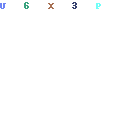


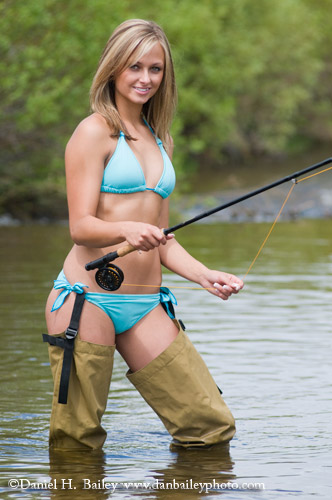
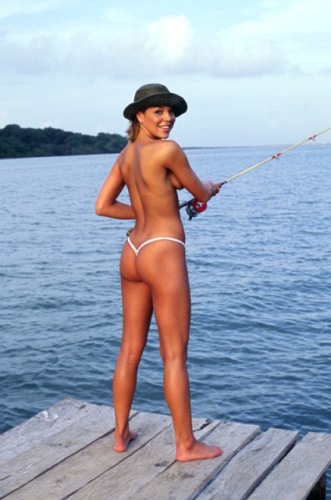
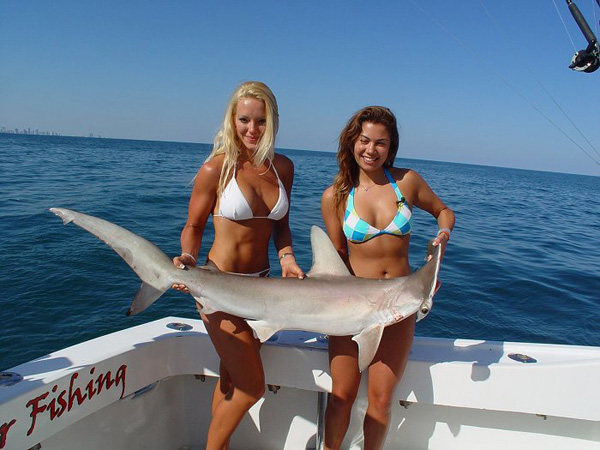




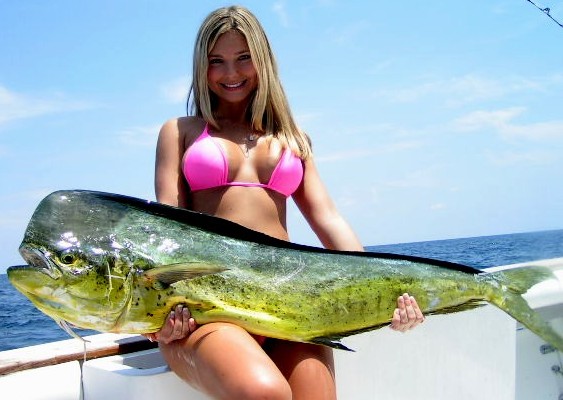






No comments:
Post a Comment